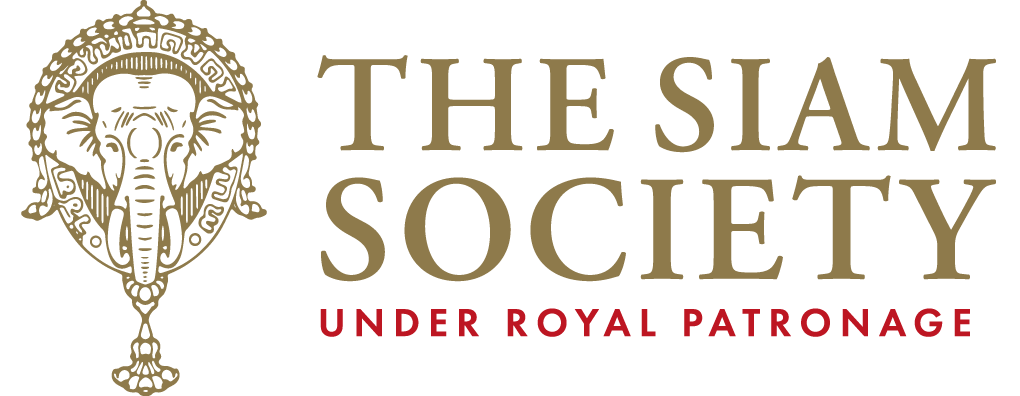Dunhuang Revisited: Mogao Buddhist Caves (4th -14th Centuries)
Mogao, the cave-temples near the town of Dunhuang in the west of China’s Gansu province, form what is arguably the world’s most extraordinary gallery of Buddhist art: hewn from the living rock, honeycombing the 1,600m cliff face of the Mingsha Mountains, their magnificent mural paintings and stucco sculptures were not collected from distant sources but created in situ over a continuous period of nearly a thousand years, from the 4th to the 14th centuries. Hidden from view for centuries, an accidental discovery at the beginning of the 20th century, unveil the Mogao Caves as the world’s richest treasure-trove of Buddhist art reflecting influences from China, India, Central Asia and Persia.
The oasis town of Dunhuang was founded by Emperor Wudi of the Han dynasty in 111 BC as one of the four garrison commanderies which assured Chinese control over the trade routes to the western regions. Because of its strategic location on the Silk Road – as the exit and entry point to China, it became a major staging post for traders, missionary monks and pilgrims of Buddhism and other religions.
By the fourth century, there was a growing Buddhist community at Dunhuang. It was here that the first cave was carved by a Buddhist monk high up the Mingsha cliff face. In the ensuing centuries, almost a thousand caves were carved sponsored by ‘barbarian’ potentates, local rulers as well as community devotees. The geographical position has contributed to the degradation of the caves: winds and sands blew directly in, eroding the walls and paintings. Today 492 caves have survived housing over 2,000 statues and 45,000 square metres of mural paintings.
About the speaker
Eileen Deeley who has been visiting the Mogao Caves since the 1980s is a passionate student of Dunhuang art. This talk, following the recent Gansu study trip, will discuss the historical significance of Dunhuang’s role on the Silk Road, and in particular, a selection of the most outstanding Mogao Caves, their amazing architecture, magnificent mural paintings and superb sculptures.
When
Saturday, 19 October 2024 at 10:30
Where
Admission
Members and Students (to undergraduate level) — Free of charge
Non-Members — THB 300
For more information, please contact
To book your place, please contact Khun Pinthip at 02 661 6470-3 ext 203 or pinthip@thesiamsociety.org
More upcoming lectures
-
 Art for Sale in Colonial Times: French Indochina’s ‘Souvenir’ ShopsLecturesThursday, 15 January 2026 at 19:00
Art for Sale in Colonial Times: French Indochina’s ‘Souvenir’ ShopsLecturesThursday, 15 January 2026 at 19:00 -
 Forging Ties, Advancing Our Future: 170 Years of Thailand–UK Diplomatic RelationsLecturesTuesday, 27 January 2026 at 19:00
Forging Ties, Advancing Our Future: 170 Years of Thailand–UK Diplomatic RelationsLecturesTuesday, 27 January 2026 at 19:00
